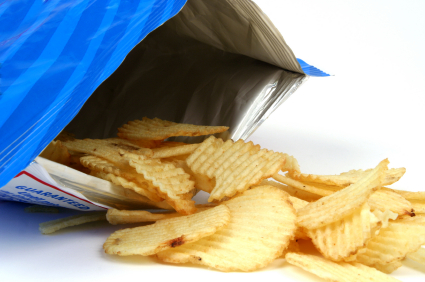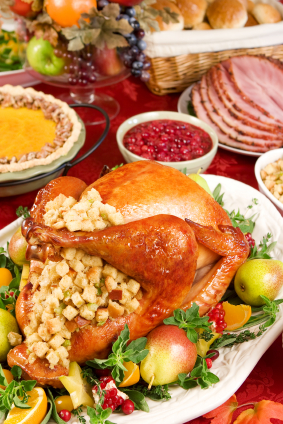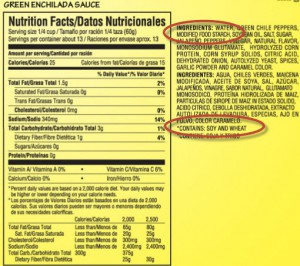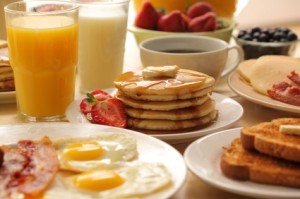Chips – the savior carbohydrate for some people embarking on a gluten free diet. They aren’t made with wheat flour … or are they?
Most chips are made with corn or potatoes – all with different sorts of flavors such as nacho cheese, ranch style, sea salt, Maui sweet onion, etc.
A little bit of my food sensitivity history here, when I found out I was gluten intolerant, I also found out 13 other foods that I was highly sensitive to – two of them being potatoes and corn. Corn was by far the 2nd worst after gluten so I also gave up eating corn. Every time I ate corn, I felt nauseous. So corn tortilla chips were out for me. Potatoes I had also given up (except on rare occasions like Thanksgiving and Christmas or the occasional time when I see my husband eating them and they just look so good – still not very often).
Well, one night, my husband and I were watching TV and he grabbed some of the Maui sweet onion potato chips. I thought, well, I’ll just have a couple because they are just so good. I thought they were safe from gluten being that they were just potato chips, right? Wrong! And boy was I wrong! Looking at the ingredients list I discovered that they contained wheat flour! What the heck is wheat flour doing in potato chips?!? I mean, really. Wheat is in so many things – and also in places it shouldn’t be.
Sweet potato fries saved me when I first went gluten free. They are very tasty and are also very healthy for you. But they are very plain.
Good news! Recently I’ve discovered some chips that are both gluten free and corn free! Yay for me! These chips are manufactured by a company called, Beanfield’s. They are made from black beans and they are delicious! They come in five different flavors and are also vegan (in case some of you wondered about that). Even my husband likes them! My favorite flavor is the salt and pepper chips – very yummy! So enjoy gluten free chips that are really good for you!






Recent Comments